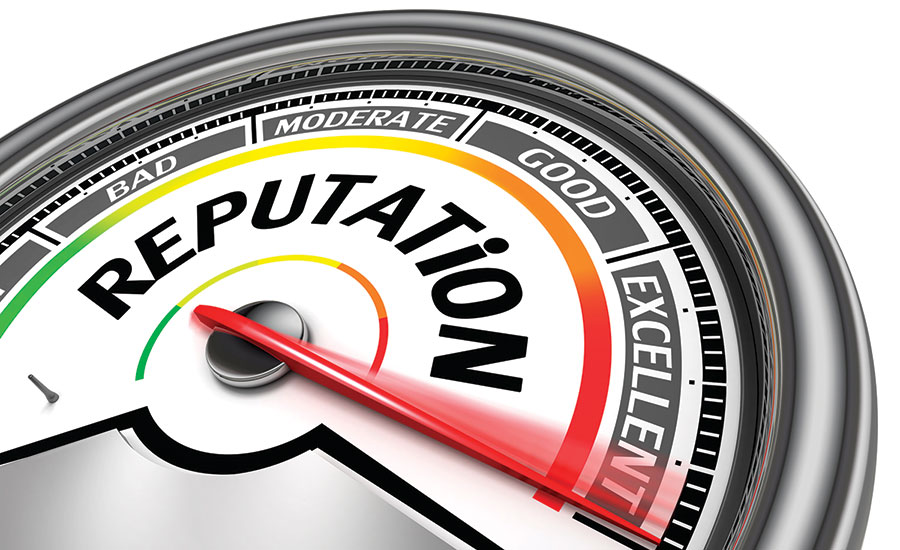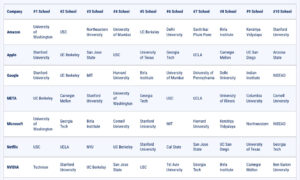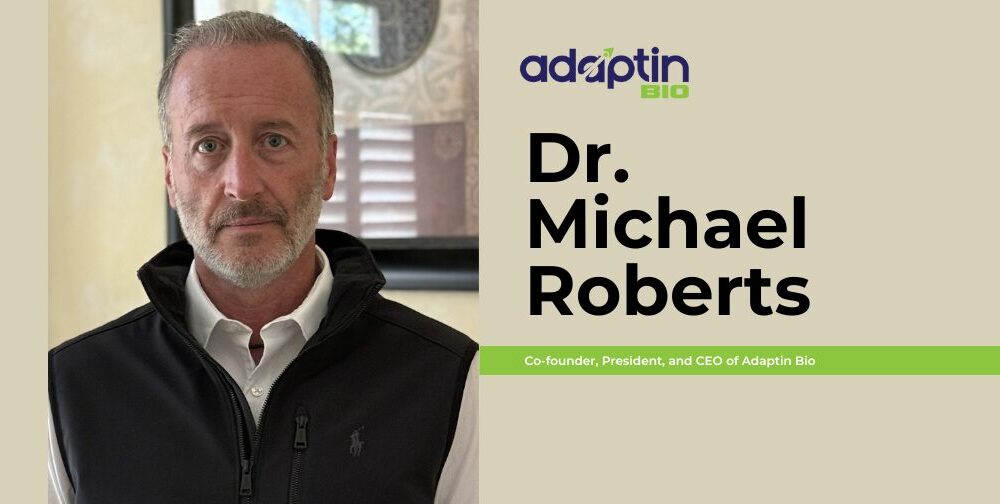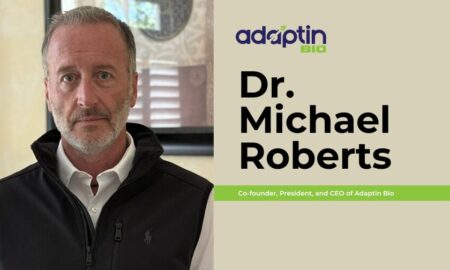Your workshop floor might seem worlds away from your marketing department, but the reality is far different. Every day, industrial operations face risks that could transform from minor incidents into major brand disasters within hours. In Australia’s competitive industrial landscape, companies are discovering that workplace safety isn’t just about compliance or worker protection anymore. It’s become a cornerstone of brand reputation management.
The Hidden Connection Between Safety and Brand Trust
Modern consumers and business partners expect transparency from the companies they work with. Social media has amplified this expectation, turning local incidents into national news stories overnight. When industrial accidents occur, they don’t stay contained within facility walls. They spill into public consciousness, affecting customer trust, partner relationships, and market positioning.
Consider the automotive industry, where precision and reliability define brand value. A single oil spill that reaches environmental waterways can undermine decades of carefully crafted brand messaging about quality and responsibility. Similarly, food processing facilities face immediate brand damage when chemical contamination incidents occur, regardless of whether products were actually affected.
This shift represents a fundamental change in how industrial companies must think about risk management. Traditional approaches focused on regulatory compliance and immediate operational impacts. Today’s successful businesses recognize that every safety protocol serves dual purposes: protecting workers and protecting brand equity.
When Workshop Incidents Become Public Relations Disasters
The pathway from workshop incident to brand crisis follows predictable patterns. Environmental spills trigger regulatory investigations, which generate public records. Local media coverage attracts national attention. Social media amplifies negative sentiment. Customers begin questioning company values and practices.
Recent years have shown how quickly these situations escalate. Chemical spills that contaminate local water supplies generate community outrage that extends far beyond immediate environmental concerns. Residents share photos and videos across social platforms. Local politicians call for investigations. Competitors quietly capitalize on the negative publicity.
The financial impact extends beyond immediate cleanup costs. Companies face declining customer confidence, supplier relationship strain, and recruitment challenges. Talented workers increasingly choose employers based on safety records and environmental practices. Quality business partners conduct due diligence that includes safety performance reviews.
Insurance companies have also adjusted their approach, linking premium rates to safety track records. Poor safety performance creates cascading financial pressures that affect profitability for years after initial incidents.
The Australian Industrial Context
Australia’s industrial sectors operate under intense scrutiny from both regulatory bodies and environmental advocacy groups. Mining, manufacturing, and logistics companies face particular challenges due to the scale of their operations and proximity to sensitive environmental areas.
The country’s geographic concentration of industrial activities near major population centers means that workplace incidents rarely remain isolated events. Perth’s industrial zones, Melbourne’s manufacturing districts, and Sydney’s logistics hubs all operate under the watchful eyes of communities that quickly mobilize around environmental and safety concerns.
Australian businesses also compete in global markets where international partners increasingly evaluate suppliers based on environmental, social, and governance criteria. Companies with poor safety records find themselves excluded from lucrative contracts, regardless of their technical capabilities or pricing competitiveness.
This reality has created a new category of business risk that traditional insurance policies don’t adequately address. Reputation damage from safety incidents can persist for years, affecting everything from stock valuations to employee retention rates.
How Containment Systems Prevent Brand Disasters
Effective spill containment represents one of the most practical approaches to brand protection in industrial settings. When hazardous materials are properly contained, minor incidents remain minor. When containment fails, small problems become expensive public relations challenges.
The principle applies across industries. Automotive workshops using proper containment systems prevent oil and coolant spills from reaching stormwater systems. Food processing facilities with adequate containment avoid chemical cross-contamination incidents that could trigger product recalls. Manufacturing operations with robust containment protocols protect against environmental releases that generate regulatory enforcement actions.
Investing in bunding is more than a safety measure it’s a brand insurance policy every workshop needs. Modern bunding systems provide multiple layers of protection, containing spills at the source while providing time for proper cleanup procedures. This approach prevents incidents from escalating into environmental emergencies that attract public attention.
The technology has evolved significantly in recent years. Contemporary bunding solutions integrate with facility monitoring systems, providing early warning capabilities that enable rapid response. Some systems include automated containment features that activate immediately when spills occur, minimizing both environmental impact and potential for public exposure.
Building Competitive Advantage Through Safety Excellence
Forward-thinking companies have begun marketing their safety practices as competitive differentiators. They highlight their containment systems in facility tours, emphasize their environmental protection measures in marketing materials, and promote their safety records in bid proposals.
This approach resonates particularly well with business-to-business customers who face their own reputation risks when working with suppliers. Purchasing managers increasingly evaluate vendor safety records as part of their supplier qualification processes. Companies with documented safety excellence gain preferential treatment in contract negotiations.
The automotive industry exemplifies this trend. Major manufacturers now require their suppliers to demonstrate comprehensive environmental management systems, including spill containment capabilities. Suppliers without adequate containment systems find themselves excluded from consideration, regardless of their technical qualifications or pricing.
Similar patterns are emerging in food processing, pharmaceuticals, and chemical manufacturing. Companies that invested early in comprehensive containment systems now enjoy competitive advantages that extend far beyond immediate safety benefits.
The Technology Evolution
Modern containment systems incorporate advanced materials and monitoring technologies that provide superior protection while minimizing operational disruption. Flexible bunding systems adapt to changing facility layouts. Modular designs enable cost-effective installation and maintenance. Integrated monitoring capabilities provide real-time status updates and predictive maintenance alerts.
These technological advances have made comprehensive containment more accessible to smaller operations. Previously, only large corporations could justify the expense of sophisticated containment systems. Today’s solutions scale effectively from small workshops to major industrial facilities.
The return on investment calculations have also improved dramatically. Modern systems require minimal maintenance while providing decades of reliable service. The cost of comprehensive containment often represents a fraction of potential cleanup and reputation recovery expenses.
Implementation Strategies for Maximum Brand Protection
Successful containment implementation requires systematic planning that considers both immediate operational needs and long-term brand protection objectives. Companies should begin with comprehensive risk assessments that identify all potential spill sources and pathways.
The assessment should include scenarios that extend beyond typical operational incidents. Consider the potential for equipment failures, severe weather events, and human error situations. Evaluate the proximity of sensitive environmental areas, public spaces, and community water sources.
Design containment systems with excess capacity to handle worst-case scenarios. While regulatory requirements often specify minimum containment volumes, brand protection strategies benefit from more conservative approaches. Systems that prevent any environmental release, regardless of incident severity, provide maximum brand protection value.
Measuring Return on Investment
Companies implementing comprehensive containment systems should track metrics that capture both operational and brand protection benefits. Traditional safety metrics like incident frequency and severity provide baseline measurements. However, brand protection requires additional indicators.
Monitor customer retention rates, supplier relationship quality, and employee recruitment success. Track insurance premium trends and regulatory compliance costs. Measure community relations indicators and social media sentiment analysis results.
These broader metrics often reveal the true value of containment investments. Companies frequently discover that their brand protection benefits exceed their operational safety benefits by significant margins.
Future Considerations
The relationship between industrial safety and brand reputation will continue strengthening as stakeholder expectations evolve. Environmental awareness continues growing among consumers and business partners. Regulatory requirements are becoming more stringent. Social media amplification of safety incidents shows no signs of diminishing.
Companies that recognize these trends and invest accordingly will maintain competitive advantages. Those that treat safety as purely operational concerns risk discovering that their brand equity can disappear faster than they ever imagined.
The workshop floor has become a brand battlefield where safety practices determine market positioning. In this environment, comprehensive containment isn’t just about preventing spills. It’s about protecting the reputation that took decades to build and could disappear overnight without proper protection.
Smart industrial companies understand that every dollar invested in quality containment systems represents insurance for their most valuable asset: their brand reputation. The question isn’t whether to invest in comprehensive bunding solutions, but how quickly to implement them before the next incident tests their current protections.



































